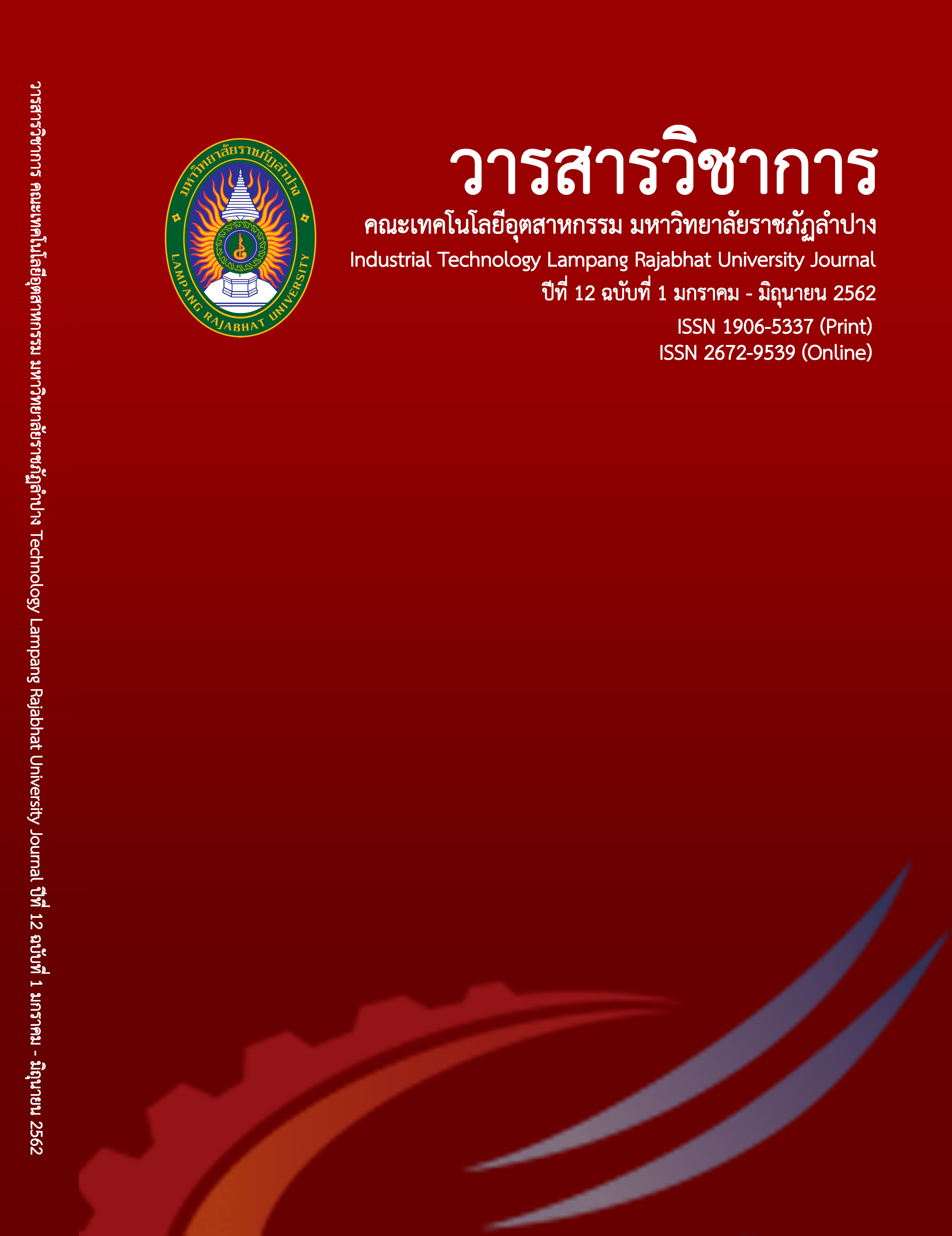The Relationship between the Physical Factors of Open Public Space and the Elderly’s Social Interaction: Case Study of an Urban Public Park in Phitsanulok
Keywords:
social interaction, elderly, public space, public parkAbstract
This study aimed to 1) study the elderly’s social interaction in open public spaces, and 2) study the relationship between the physical factors of open public spaces. For the case study a park area was selected as the open public space. It was Chom Nan Park, the garden in honor of His Majesty the King's 80th Birthday Anniversary located in Project 1, Phitsanulok Province. Data was collected by the observation method, and analysis was carried out via descriptive statistics using the chi-square method. From the observation of 294 sample groups the results showed that the most common social interaction pattern was person-to-person (53.4%), followed by an individual with a group of 3-5 people (25.85%), whilst the least common was the group interaction type (2.72%). This study indicates that the social interaction of the elderly is similar to that of the general population in other age groups, yet there may be differences in the activity and duration that occur according to the condition of the elderly person’s body. The social interaction of the elderly is primarily just small group interaction, mostly with people they know, for example with friends or family members.
The results of the relationship test between the physical characteristics of the open public space and the social interaction of the elderly found only 5 relationships. However in order for the public space to fully meet the needs of the elderly, the researcher considers that other factors, not only interaction, should be taken into account. Such factors include designing an open space that is friendly to the elderly, creating an environment that is close to nature, improving the aesthetics of the environment, and making it conducive to recreation so helping the elderly to improve their health. Consideration of the satisfaction factor of the elderly is something that should be given priority. This is what all those involved within the design process should pay attention to so that the open public spaces can truly cater to the needs of people of all ages.
References
Bardis, P. (2014). Social interaction and social processes. Journal of International Honor Society in Social Sciences, Vol.54(3), 147-167.
Bunpadung, S. (2011). The development of the quality of life of the local elderly by using the school as a base according to the principles of sufficiency economy (Phase 1). Research report. Bangkok: Suan Sunandha Rajabhat University (in Thai)
Bunyanan, J. (2011). Landscape architecture design, livable communities and recreational facilities in the community. Teaching materials for landscape design. Faculty of Architecture and Environmental Planning Design. Chiang Mai: Maejo University. (in Thai)
Burton, E. (2012). “Street ahead? The role of the built environment in healthy ageing”. Journal of Perspectives in Public Health, Vol.132 (4), 161-162.
Carr, S. et al. (1992). Public Space. England: Cambridge University Press.
Golledge, R. G., & Stimson, R. J. (1997). Spatial behavior: A geographic perspective. New York: The Guilford Press.
Horayangkul, V. and Klongvessa, N. (1999). Recreational behavior and the use of public space within the housing community of the National Housing Authority. Research Report. (in Thai)
Klongvessa, N. (2000). Planning and design of parks and recreation areas. Chulalongkorn University Printing. Bangkok: Center. (in Thai)
Loukaitou-Sideris, A. et al. (2014). Placemaking for aging. UCLA complete streets initiative. USA: Luskin School of Public Affairs, Lewis Center for Regional Policy Studies.
Marcus, C. et al. (1990). People places, design guidelines for urban open space. New York: Van Nostrand Reinhold.
Pushkarev, B. et al. (1975). Urban space for pedestrians: A report for the regional plan association. Cambridge Mass: MIT Press.
Whyte, W. (1980). The social life of small urban spaces. U.S.A.: MIT Press.
Wolch, J. et al. (2014). Urban green space, public health, and environmental justice: The challenge of making cities ‘just green enough’. Journal of Landscape and Urban Planning, Vol. 125, March 2014, pp. 234-244, [Online]. Available https://pdfs.semanticscholar.org/1239/. access on 15/04/2018.
Zhu, B. et al. (2017). Public open space development for elderly people by Using the DANP-V model to establish continuous improvement strategies towards a sustainable and healthy aging society. Journal of Sustainability, Vol.9(3), March 2017, [Online]. Available http:// www.mdpi.com/journal/sustainability. access on 09/02/2018.






